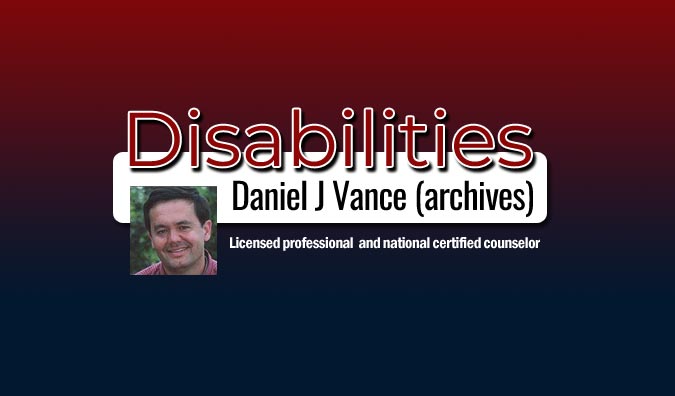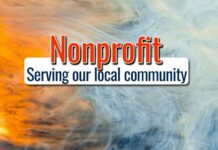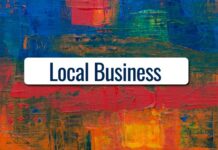Not long last week after featuring a 35-year-old man named “Tony” (a pseudonym), who became legally blind at birth due to retinopathy of prematurity (ROP), I realized I had enough really good information for a second column about him. This “really good information” had to do with Tony’s suggestions about making zoos and museums more enjoyable for blind people.
If you remember, the National Institutes of Health defines ROP as a “potentially blinding eye disorder primarily affecting premature infants weighing about 2.75 pounds or less and born before 31 weeks of gestation.” Tony, born prematurely, had a severe case that eventually caused nearly complete blindness.
He said, “When I was a child, and when I still had some sight left, two of my favorite places to visit were the Great Plains Zoo and the Delbridge Natural History Museum in Sioux Falls, South Dakota. My vision was still usable then to the point where if an exhibit or an animal were close enough, I could still see them and get some enjoyment out of it.” Then as a teen, his vision worsened.
Most zoos and museums today are “very visual,” he said, and so he, along with most blind people, just don’t get much enjoyment out of the experience, “My recommendation would be for zoos and museums to construct 3-D models of whatever is being exhibited, whether art, artifacts or animals, and put them within touching range of a blind person, so they can feel what’s on display. That would be easy (and inexpensive) to do using 3-D printing technology. The second thing I would recommend would be for them to have exhibit information also available on audio format. I could wear a headset to hear the information rather than needing someone to read it to me. It would be neat to have the sounds animals make on audio, too.” Tony said zoos and museums presenting information in Braille for blind people mean well, but realistically most blind people can’t read Braille fast enough to keep up with the group they are in.
He added, “In the case of an art museum, having a relief picture of various paintings would be helpful for me. They could be just like the Braille football cards I have. On them you can feel the emblem on the football player’s helmet, for instance, and the outline of the player’s body in the photo.”
(21+ years strong)
Welcome to the brighter side!
Get in front of local customers! 24/7 (365)





















